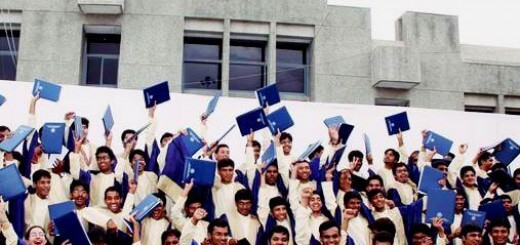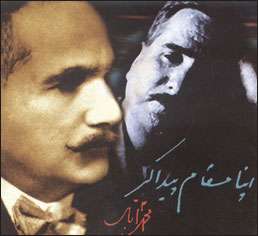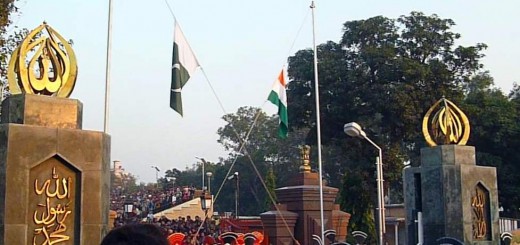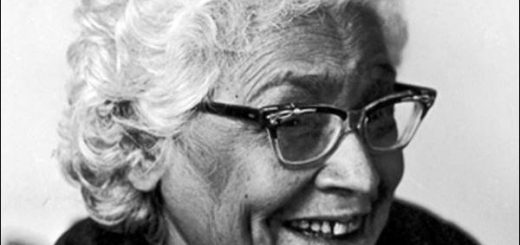Women in India: Are We Better Off? – By R. Chandar
Nomination of three Indian elite class girls for Ms. World titles cannot cover the misery that more than 80% of the women go through every day in India.
The National Commission for Women (NCW) in India has recently released a report on rapes in India, titled as, ‘Rape-A legal study.’ It is a significant step in the wake of recent spurt in the incidents of rapes throughout India. Though the Report deals with the problem of rape in India, the authors also express their concern about the overall status of women in our society. They seem to have arrived at the following conclusion in the Prologue of the Report itself, “in India, in ancient times, women had enjoyed an able position in the household and in society. As the ‘queen’ of the household, her position was envied by her counterparts elsewhere. Unfortunately, constant invasions by foreign elements from about 8th century changed the scenario to the detriment of women. Her vulnerability to abuse by the invading hordes bestowed upon man a responsibility to protect her and from thence developed the inherent dominant role of the male within the family fold and her inevitable dependence on the male. Long years of invasion and infliction of crime on her resulted in many protective measures. The direct effect of this state of affairs was perforce, keeping women within the four corners of the home and consequential enforced illiteracy which has been, by and large, her lot since then.”
Unfortunately, this kind of thesis is not only over-simplification of a very serious issue of perpetual injustice being done to women not only in India but throughout the world but also means running away from finding a way out to stop atrocities against women. Is it not true that society like Chinese or Japanese, which were never subjugated, don’t have a better record to show historically, so far as, the gender equality is concerned? In our case, long before the arrival of the ‘invaders’ in 8th century, women like Darupadis were not only put on bet but also disrobed publicly by the kinfolk. We had kings like Ravan who enjoyed kidnapping helpless and pious women like Sita, and innumerable other good kings in our mythological epics maintaining ‘harems’ with innumerable wives. Shri Shiv Mahapuran not only equated women with death, degeneration, snake, poison and destructive fire but also concluded, “there is no bigger sinner than women. Women are the roots of sin, you must know.” (Umasanhita, chapter 24)
The story of historical injustices to women in India or elsewhere is yet to have a pause, and is, too complicated to be wished away to some invaders’ misdeeds only. It is true that Arabs and later Mughals who came to our lands from the western route in no respect believed in gender equality. It really was a matter of great irony and shame that these followers of Islam which normatively promised basic human rights to women more than 14 hundred years back were practitioners of a rigid patriarchal Islam. However, it is also true that the denigration of women has been a universal and perpetual
phenomenon. The plight of women transcended the geographical, religious, cultural, ideological and civilizational barriers. It is true that before the advent of agriculture women enjoyed a better status but with the rise of feudal society they were gradually turned into serfs or objects of pleasure. The four Vedas are a great testimony of this changing scenario.
It is high time that organizations like NCW instead of wasting time on futile and questionable theses take a serious note of highly objectionable popular religious literature debasing women being circulated these days by organizations like Geeta Press, Gorakhpur and others. This kind of literature is easily available in every nook and corner of the country including the government allotted stalls at all major railway stations both in Hindi and English. Geeta Press publishes mass religious literature espousing the ‘Hindu way of life’ for women with titles like, ‘How to Lead a Household Life,’ ‘Nari Shiksha,’ and ‘Striyon Ke Liye Kratawya Shiksha’. They have a bulky edition even preaching Sati. In the following are some of the samples from this literature.
“What should the wife do if her husband beats her and troubles her?” the answer is, “the wife should think that she is paying her debt of her previous life and thus her sins are being destroyed and she is becoming pure.” “Is Sati pratha (viz. The tradition of wife being cremated with the dead body of the husband on the funeral pyre) proper or improper?” The answer to this query provided in one of these books reads, “a wife’s cremation with the dead body of her husband on the funeral pyre is not a tradition. She in whose mind truth and enthusiasm come, burns even without fire and she does not suffer any pain while she burns. This is not a tradition that she should do so, but this is her truth, righteousness and faith in scriptural decorum.” A Hindu woman must commit suicide because, “a Sati woman snatches her husband from the hands of Yamdoot and takes him to Swarglok (paradise).” This stream of literature openly decries equal rights between men and women, working women, co-education and upholds purdah.
Interestingly, Muslim clergy does not lag behind inpouring out this kind of anti-women literature for Muslim women in India. The ‘Islamic’ literature which is in circulation makes horrible reading and is available in many regional languages. Some of these books are titled as ‘Musalman Biwi’ and ‘Mian Biwi Ke Haqooq’. One of these books even has a chapter, ‘Right to Batter Wife’ which reads, “husband may use the stick to beat the wife but he should avoid hitting her on the face or cause deep scar.” The authors of such literature quote scriptures after scriptures to convey the message that a woman must treat her husband as master and herself as slave.
Those of you who think that “Dahi Bahlay and Kababs from Delhi are better than the ones from Karachi”, please pay attention to what is happening here and assess whether the status of women in India is something to be proud of or not. Nomination of three Indian elite class girls for Ms. World titles cannot cover the misery that more than 80% of the women go through every day in India. Think about it.
Published with compliments and special thanks to Ms. Chandar



![Hameed Khan [Govt. College University Lahore]](https://www.ravimagazine.com/wp-content/uploads/2021/03/Hameed-Khan-Govt.-College-University-Lahore-428x245.jpg)


![Kuch Ishq Kiya, Kuch Kaam Kiya [Ishq Aur Kaam] - Faiz Ahmed Faiz](https://www.ravimagazine.com/wp-content/uploads/2015/03/faiz-461x245.jpg)






